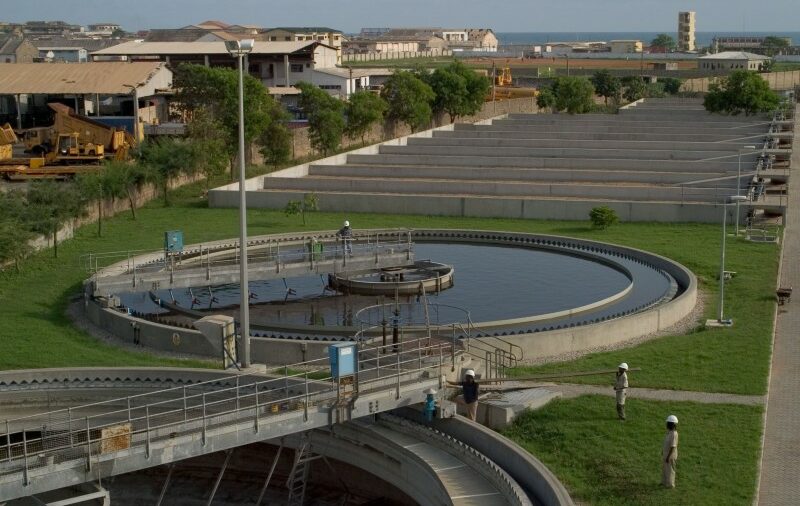…/…
Array of solutions from other regions
The first solution is to improve sanitation and decrease pollution by increasing the proportion of wastewater adequately treated, monitoring and improving discharge effluent standards. This has been proved to be a useful solution in China, which has had rapid improvement in wastewater treatment coverage. China has successfully achieved a significant transformation in its sanitation in less than 30 years, increasing the proportion of wastewater treated from 14.9% in 1991 to 95.5% in 2018.
The second solution is to improve energy efficiency, recovery and integration of renewable technologies to address energy challenges. For example, Australia has steadily increased the capacity of renewable energy beyond biogas to include hydropower and, recently, solar PV in their water and wastewater treatment. In the 20 years after 1998, the renewable energy capacity in Australia’s water and wastewater sector increased from 26MW to 90MW. In addition, the USA and Europe are leading in energy self-sufficient WWTPs, with five of the twelve self-sufficient WWTPs found in North America and Europe.
The third solution is to reuse wastewater. For instance, many Arab countries have demonstrated the importance of region-specific challenges considerations through their wastewater reuse. They face severe water scarcity and reuse most of their wastewater; Jordan and Abu Dhabi reuse ~100% of their collected wastewater10. Likewise, African countries should prioritize country-specific challenges, which includes land use considerations in rapidly urbanizing cities.
Last but not least, it is imperative to consider the water-energy-land nexus and pay attention to the land footprint of wastewater treatment with the rapid urbanization in Africa, particularly in the urban areas. Africa aims to move towards safer and sustainable wastewater treatment practices like the countries described above and will have to overcome region-specific challenges. One option is to consider new technologies such
as granular sludge, which has the potential to save both energy and land. Alternatively, technologies such as nanofiltration, can save land but require energy. However, energy access in sub-Saharan Africa lags globally, and most energy is sourced from fossil fuels, increasing greenhouse gas emissions. In addition to adopting less land-intensive technologies, African WWTPs should improve energy efficiency, recovery and renewable energy integration in WWTPs. This can be done by integrating anaerobic digestion and solar energy, for which Africa has the largest potential globally. Sustainable wastewater treatment for Africa will be achieved by considering the water-energy-land nexus.
Queen Rugaimukamu and colleagues are from the UNEP-TONGJI Institute of Environment for Sustainable Development (IESD), Tongji University, Shanghai, China.
doi: https://doi.org/10.1038/d44148-022-00071-2
…/…
Source and more: Nature.Africa
Authors:






